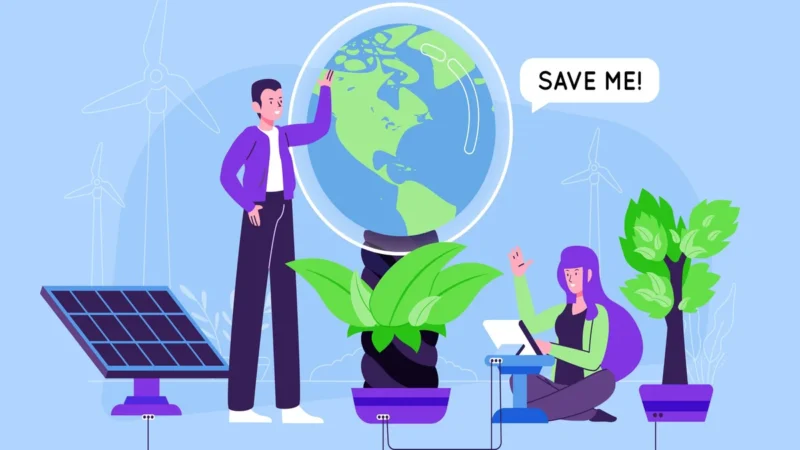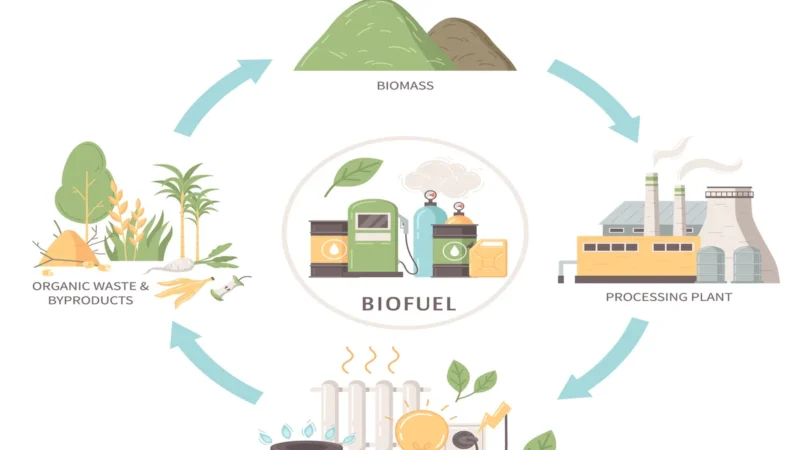Tripling Renewable Energy: Strategies for Tripling Renewables by 2030

The Imperative of Tripling Renewable Energy
The global call for renewable energy has never been louder. The pressing need to curb climate change, reduce carbon emissions, and secure a sustainable future has brought the spotlight on renewable energy sources. The target of tripling renewables by 2030 is not just a goal; it’s a necessity for a greener, more sustainable planet.
All You Need To Know About The Current Landscape
As of today, renewable energy accounts for a significant portion of the global energy mix. Solar, wind, hydro, and biomass are among the prominent sources contributing to this share. However, to meet the challenges posed by climate change, a substantial acceleration in the adoption of these sources is imperative. The goal of tripling renewables in a relatively short span demands comprehensive strategies and actions on multiple fronts.
Accelerating Solar Power
Solar energy stands as one of the most abundant and accessible sources of renewable power. Advancements in solar technology, coupled with decreasing costs, have made it an increasingly viable option. To triple its contribution by 2030, a focus on innovation, large-scale solar farms, efficient storage solutions, and policies that incentivize solar adoption at residential, commercial, and industrial levels becomes crucial.
Unleashing Wind Energy Potential
Wind power has showcased immense potential, particularly in regions with strong and consistent wind currents. Harnessing this potential requires a concerted effort towards developing offshore wind farms, enhancing the efficiency of turbines, investing in research for better blade design, and addressing concerns related to environmental impact and wildlife preservation.
Maximizing Hydroelectric Resources
Hydropower has long been a reliable source of renewable energy. However, the construction of new dams faces environmental and social challenges. To triple hydroelectric power, the focus needs to shift to optimizing existing dams for increased efficiency, exploring innovative small-scale hydro projects, and investing in technologies that reduce the environmental impact while improving energy output.
Expanding Biomass Solutions
Biomass, derived from organic materials, holds promise as a renewable energy source. To expand its contribution, advancements in converting waste into energy, sustainable biomass cultivation practices, and utilizing biofuels for transportation need robust support through policies and investments in research and development.
Overcoming Challenges
While the potential for tripling renewables is evident, several challenges need addressing. These include intermittency issues with solar and wind, energy storage limitations, land and resource constraints, technological advancements, and the need for a supportive policy framework. Collaboration between governments, industries, and research institutions is paramount in surmounting these challenges.
Policy and Investment Framework
Governments play a pivotal role in incentivizing and facilitating the transition towards renewable energy. This involves setting ambitious but achievable targets, providing subsidies, tax benefits, and creating regulatory frameworks that encourage private sector investment. Moreover, fostering international cooperation and agreements on renewable energy initiatives can expedite progress towards the 2030 goal.
Key Takeaways
Tripling renewable energy by 2030 is an ambitious yet necessary objective in the fight against climate change. It demands a multi-faceted approach involving technological innovation, policy interventions, and global cooperation. The transition to a renewable-centric energy landscape is not just a choice but an imperative for a sustainable and healthier planet for future generations. By prioritizing these strategies and overcoming the hurdles, the world can pave the way towards a cleaner, greener, and more sustainable energy future.
Frequently Asked Questions about Tripling Renewable Energy by 2030:
The push to triple renewable energy by 2030 is primarily driven by the urgency to mitigate climate change. Increasing renewable energy sources significantly reduces carbon emissions, lessens reliance on fossil fuels, and establishes a more sustainable energy infrastructure.
The main sources include solar, wind, hydroelectric, and biomass energy. These sources have shown considerable potential and are scalable to meet the ambitious target.
Challenges include intermittency issues with solar and wind energy, storage limitations, land/resource constraints, technological advancements, and the need for supportive policy frameworks. Overcoming these hurdles is crucial for achieving the goal.
Individuals can contribute by adopting renewable energy sources at a personal level, such as installing solar panels, supporting clean energy initiatives, advocating for renewable energy policies, and practicing energy efficiency in daily activities.
Government policies are pivotal in incentivizing and accelerating the transition to renewable energy. These policies include setting ambitious targets, providing financial incentives, creating supportive regulatory frameworks, and fostering international cooperation.


